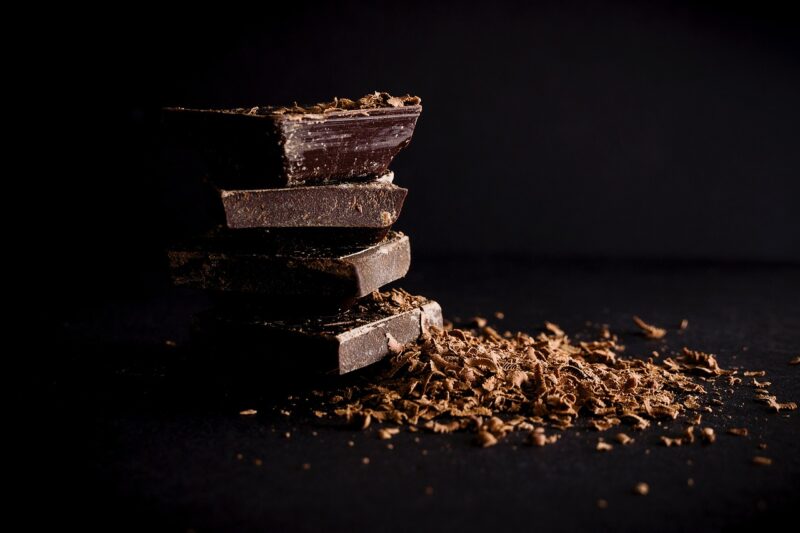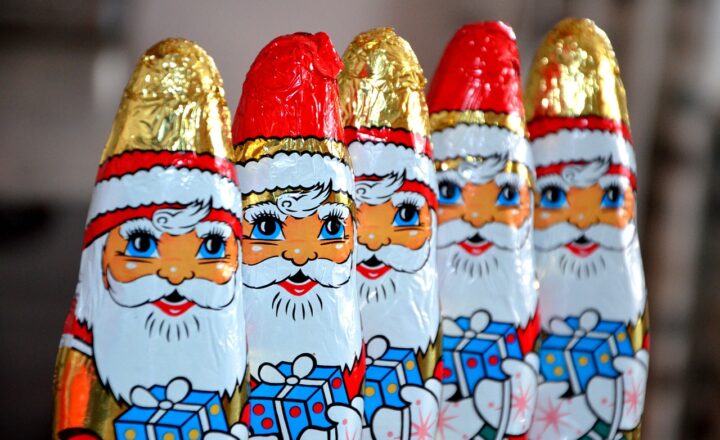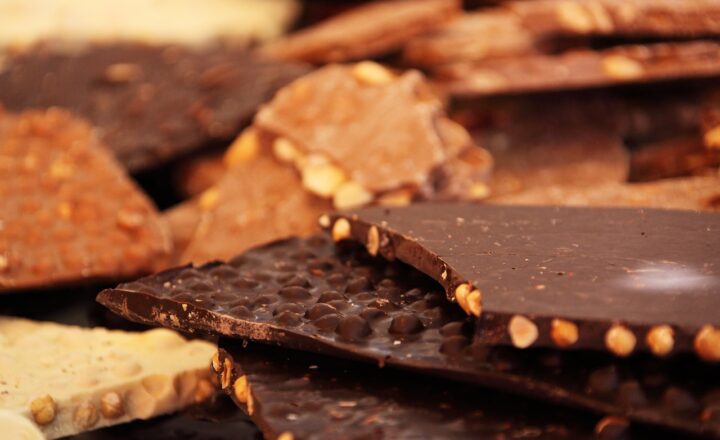The History of Chocolate and Its Journey Around the World
November 11, 2024

Chocolate, a delightful treat that has captured the hearts and taste buds of millions, boasts a rich heritage that spans several millennia. From its ancient origins in Mesoamerica to its status as a global delicacy, chocolate’s journey is as intricate as the flavors it offers. This article delves into the fascinating history of chocolate, tracing its cultural significance, evolving consumption practices, and its journey across the continents.
1. The Ancient Origins of Chocolate
Chocolate’s story begins over 3,000 years ago in the lush rainforests of Central America, where the cacao tree, Theobroma cacao, thrived. Ancient civilizations such as the Olmecs, Mayans, and Aztecs viewed cacao as a sacred gift from the gods. The Olmecs are believed to be the first to cultivate the cacao tree, using its beans to create a ceremonial drink.
The Mayans developed and refined this drink, known as xocolātl, which was a bitter beverage flavored with spices and sometimes sweetened with honey. It was integral to Mayan society, used in religious ceremonies and as currency. The Aztecs held cacao in high regard, even using it to pay their warriors. For them, xocolātl was not just a beverage but a status symbol, consumed by the elite and warriors alike.
As cacao’s importance grew, myths surrounding its origin emerged. One such tale describes how the god Quetzalcoatl brought cacao to humanity in the form of a divine gift. Cacao’s role in rituals, coupled with its perceived aphrodisiac qualities, solidified its place within these ancient cultures.
2. The Arrival of Chocolate in Europe
The story of chocolate’s expansion truly began in the early 16th century when Spanish explorers returned from the New World. Hernán Cortés, having witnessed the reverence with which the Aztecs treated cacao, introduced chocolate to Europe around 1528. Initially, it was a luxury only available to the elite. The Spanish adapted the drink, sweetening it with sugar and infusing it with cinnamon, making it more palatable to European tastes.
Within a century, chocolate houses began to emerge in major cities like London, Paris, and Amsterdam. These establishments became the go-to places for the upper class to socialize and consume chocolate beverages. The popularity of chocolate surged, transitioning from a ceremonial drink to a fashionable beverage.
3. The Mass Production of Chocolate
The 19th century marked a turning point in chocolate’s history with advancements in technology. In 1828, Dutch chemist Coenraad Johannes van Houten developed a process to extract cocoa butter from cacao beans, leading to the creation of cocoa powder. This innovation enabled smoother and more consistent chocolate products, making chocolate accessible to the masses.
The subsequent invention of the chocolate bar in 1847 by Joseph Fry & Sons in England revolutionized the way chocolate was consumed. Their sweetened chocolate bar was a hit, inspiring further innovations. In 1875, Swiss chocolatier Daniel Peter combined Henri Nestlé’s milk powder with chocolate, giving birth to milk chocolate—a creation that would eventually dominate the global market.
4. Chocolate’s Global Spread and Variations
As chocolate gained popularity in Europe, it spread across the world through colonialism and trade. Each region began to develop its unique approach to chocolate, adapting it to local tastes. In Belgium, chocolate became synonymous with quality and craftsmanship, leading to the establishment of renowned brand names.
Meanwhile, in the United States, chocolate became a staple in various recipes, from cookies to cakes. Brands like Hershey’s and Mars capitalized on the demand, making chocolate a beloved part of American culture.
Today, chocolate continues to be celebrated globally, with a plethora of variants ranging from dark, milk, and white chocolate to artisanal creations that incorporate spices, fruits, and nuts.
5. The Role of Chocolate in Modern Society
In contemporary society, chocolate evokes emotions and experiences beyond its taste. It is often associated with love and romance, famously gifted on occasions such as Valentine’s Day. Furthermore, chocolate has found its way into culinary masterpieces, from gourmet desserts to savory dishes.
However, the chocolate industry faces ethical scrutiny today regarding its production practices, particularly concerning child labor and sustainable farming. Organizations and consumers are increasingly advocating for fair trade and ethically sourced chocolate, raising awareness about the origins of this beloved treat.
6. Conclusion
The history of chocolate is a rich tapestry woven through centuries of cultural significance, economic prosperity, and technological advancement. From its roots in ancient Mesoamerican societies to its status as a global phenomenon, chocolate continues to enchant and inspire people worldwide. As we indulge in the luxury of chocolate, it’s essential to appreciate its complex journey and advocate for a sustainable future in its production.
Whether you savor a simple chocolate bar, explore artisanal finds, or enjoy a luxurious chocolate dessert, remember that each bite carries with it a story that spans generations—a delicious legacy that connects us all across time and cultures.





